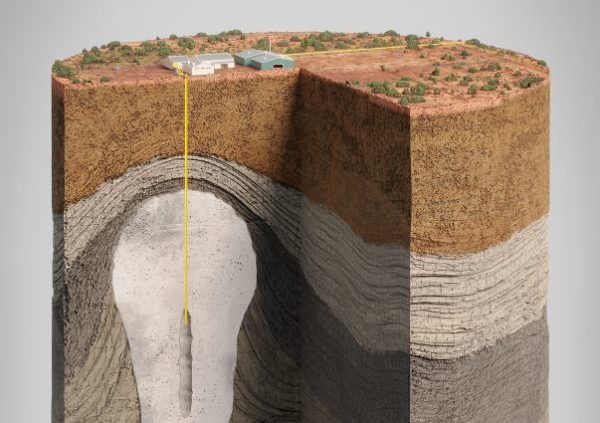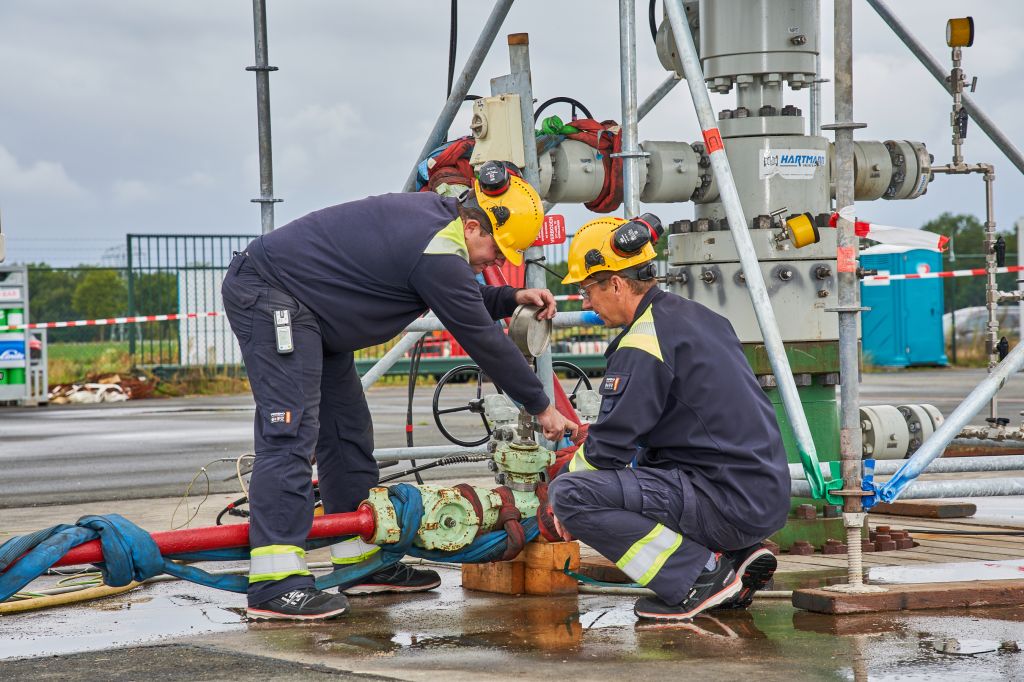Australia has added another key ingredient to its plan to become a global green hydrogen superpower, with scientists from the federal government-backed Geoscience Australia uncovering underground salt accumulations suitable for high-volume hydrogen storage for both domestic use and export.
Hydrogen has been touted as a critical component of Australia’s renewable future but much of the conversation has focused on the production and applications of the fuel. Geoscience Australia said widespread adoption of hydrogen as an energy carrier will also require large-scale storage options to buffer the fluctuations in supply and demand.
While hydrogen is most commonly stored in tanks, either in a gas or liquid state, Geoscience Australia said underground salt caverns offer a safe and cheap large-scale alternative, and the technology, which involves producing artificial caverns in naturally occurring geological salt deposits, is already gaining a foothold internationally.
Data gathered by Geoscience Australian as part of the federal government’s $225 million Exploring for the Future program shows Australia also has the potential for high-volume underground storage of hydrogen in salt caverns.
Resources Minister Madeleine King said Geoscience Australia had uncovered potential for the development of multiple underground caverns in salt deposits across the Canning Basin in Western Australia, the Adavale Basin in Queensland and the offshore Polda Basin in South Australia.
“We know that the technology exists to store hydrogen underground and thanks to this work we now also know that Australia has the right geology to support the development of an economically viable hydrogen industry on our own soil,” she said.

Image: Geoscience Australia
King said the discovery “demonstrates Australia’s monumental potential as a hydrogen superpower”.
“Large-scale cost-effective storage of hydrogen will be essential in achieving our long-term goals for the future,” she said. “A single large salt cavern could provide the same amount of energy storage as Snowy Hydro 2.0 with multiple caverns this size possible in the same area.”
Industry focussed research, development and demonstration partnership Future Fuels Cooperative Research Centre (FFCRC) has also mapped Australia’s underground hydrogen storage capacity, indicating it could potentially house 310 million tonnes (38,000 PJ), a figure approximately 60 times larger than what a developed domestic and export Australian hydrogen industry would need, which FFCRC estimates at about five million tonnes (600 PJ).
This content is protected by copyright and may not be reused. If you want to cooperate with us and would like to reuse some of our content, please contact: editors@pv-magazine.com.









5 comments
By submitting this form you agree to pv magazine using your data for the purposes of publishing your comment.
Your personal data will only be disclosed or otherwise transmitted to third parties for the purposes of spam filtering or if this is necessary for technical maintenance of the website. Any other transfer to third parties will not take place unless this is justified on the basis of applicable data protection regulations or if pv magazine is legally obliged to do so.
You may revoke this consent at any time with effect for the future, in which case your personal data will be deleted immediately. Otherwise, your data will be deleted if pv magazine has processed your request or the purpose of data storage is fulfilled.
Further information on data privacy can be found in our Data Protection Policy.